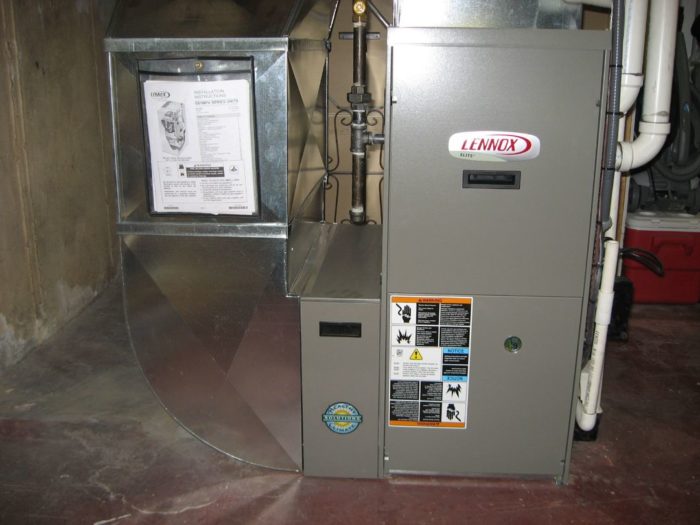
Image Credit: ActiveSteve / CC BY-NC 2.0 / Flickr
The U.S. Department of Energy (DOE) has released a revised and long-awaited proposed minimum efficiency standard for residential natural gas furnaces, which are found in about 40% of U.S. homes, making them the most prevalent heating equipment in America. DOE estimates the updated standard will deliver up to $21.7 billion in energy bill savings to consumers and avoid approximately 143 million metric tons of carbon pollution over a 30-period, making it one of the most significant natural-gas saving efficiency standards in agency history.
And it’s been a long time coming. In fact, it’s been almost 25 years since there’s been a significant update to the energy efficiency standard for this common household equipment, and with heating accounting for about two-fifths of all residential energy use, a new standard can make a significant difference to household budgets, saving consumers $698 on average over the life of the furnace.
Setting a strong efficiency standard will mean new furnaces must achieve a minimum level of energy efficiency, ensuring all U.S. households that heat their homes with natural gas aren’t needlessly wasting energy. This is especially important to the many renters who have no control over how efficient their furnace is because it was purchased by the landlord, while the tenants are responsible for paying the energy bills. Given that a large portion of low-income households in America are renters, a strong standard will protect them from unnecessarily high energy bills.
The details
The standard proposed on September 2 would establish the national minimum efficiency standard for new furnaces at 92% efficiency beginning five years after the rule becomes final — meaning 92% of the fuel burned in the furnace is converted into useful heat. While this is a significant step forward, 92% efficiency falls short of its full economic value, even by DOE’s own analysis. A 95% efficient furnace would deliver even greater energy and environmental savings, and that technology is currently available.
As well, DOE proposed adopting a new approach, which the Natural Resources Defense Council and other stakeholders suggested to the agency last year, that would set standards that vary depending on a furnace’s heating capacity, with higher efficiency and higher total energy and cost savings for larger models, and lower efficiency and lower up-front cost for smaller models.
This approach has several major advantages and represents a superior path to good environmental and consumer outcomes. Most importantly, consumers win big with this approach because it would provide options for a small subset of households for which high efficiency furnaces are not the most economic choice at the moment. For example, a reasonably well-insulated existing home in a moderate or warm climate has little heating requirements, and as a result, would receive relatively little savings benefit from a 92% efficient model compared to an 80% efficient one. A two-tier standard could deliver significant savings for the majority of homes that require larger furnaces and for which higher efficiency is more cost-effective.
Getting the size threshold right is important to capture most of the energy- and cost-savings potential of high-efficiency furnaces, while simultaneously allowing homes with the lowest heating load, either because of their location in warm climate zones or their small size and appropriate weatherization, to use the 80% furnaces where those are significantly more cost-effective. DOE has set the size threshold at 55,000 Btu/h input, and we look forward to continued engagement to ensure that the final minimum standard is maximizing cost-effective energy savings for consumers in a reasonable and effective way.
An updated standard matters
Getting the furnace standard back on track is a big deal — especially for low- and fixed-income families, which spend a higher proportion of their income on energy bills. In fact, a recent study by the American Council for an Energy-Efficient Economy and the Energy Efficiency for All organizations found that low-income households, households of color, and renters experience higher energy burdens than the average household in the same metropolitan area and on average, low-income households spend 7.2% of their income on utility bills, more than triple the percentage spent by higher-income households.
Standards for furnaces and other equipment and electronics make sure that energy isn’t being wasted when there’s technology available that leads to smarter energy use. Cutting energy waste not only reduces utility bills, it also reduces the need to burn fossil fuels to run our appliances and electronics — and avoids the associated carbon pollution driving climate change.
Two trillion dollars: that’s the energy cost savings that will be generated for consumers and businesses from the national appliance and equipment standards program through 2030. The proposed minimum efficiency standard for gas furnaces proposed today adds to this huge and growing number, making it just another reason to finalize this standard once and for all.
Elizabeth Noll is legislative director of the energy and transportation program at the Natural Resources Defense Council. This was originally published as an NRDC Expert Blog.
Weekly Newsletter
Get building science and energy efficiency advice, plus special offers, in your inbox.





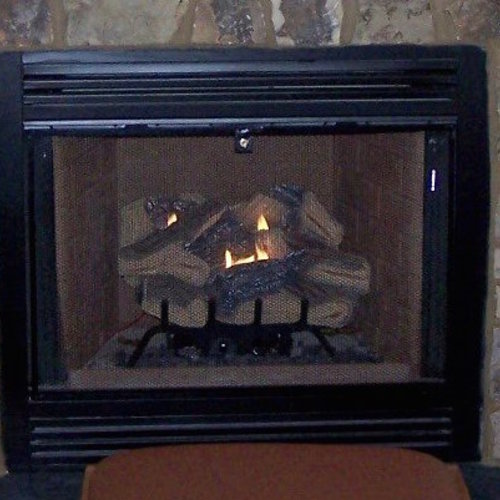
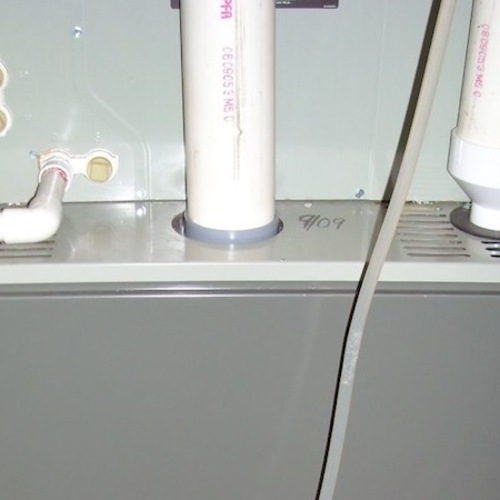
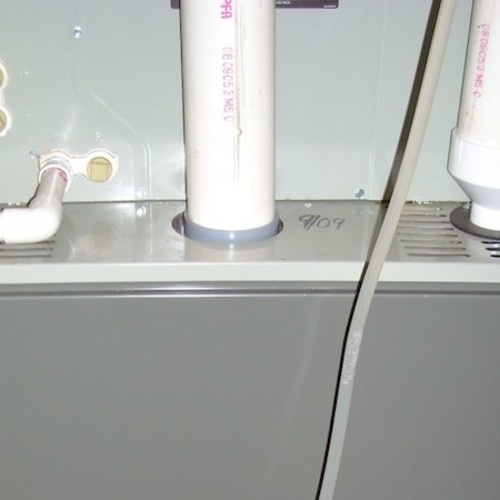
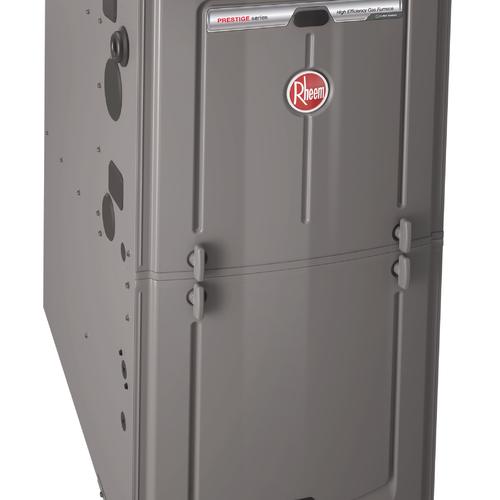






4 Comments
55KBTU/hour as the threshold is too high.
Most existing homes in the US (even in climate zones 6 & 7) could be comfortably heated with furnaces of 55,000 BTU/hr or smaller, and nearly all new homes would be.
While setting the threshold at 55K might promote more appropriate equipment sizing (which is better for comfort) it wouldn't necessarily save much fuel or carbon emissions unless contractors continued to install 2-3x oversized equipment rather than calculating the true heat loads.
Gas heat pumps
There is such a thing as a natural gas/propane heat pump. They are 160% efficient, just like electric air source high efficiency. It is the same idea as a propane refrigerator, which is basically an air conditioner run by gas flame. Especially in cold climates a gas heat pump would be cleaner than electric which is fed off a gas grid. A gas heat pump would also be great for off grid.
More on natural gas heat pumps (absorption heat pumps)
Here is a link to a web page with more information on Absorption Heat Pumps.
no WAP change yet
The national Weatherization Assistance Program, managed by the DOE, currently allows for 80+ furnaces to still be installed for mobile homes, whereas 90+ units are required for houses. It'll be interesting to see if smaller homes are allowed to go back to 80+ units if they're under 55K.
Log in or create an account to post a comment.
Sign up Log in